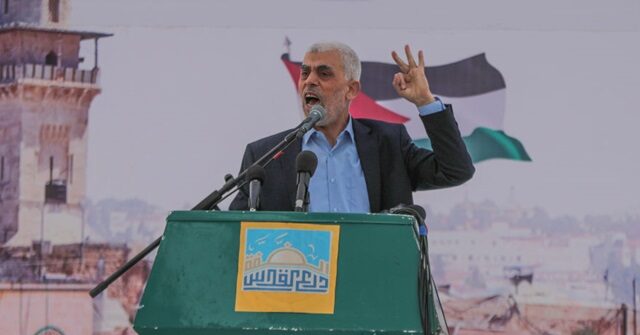On a recent episode of CNN’s “AC360,” New York Times columnist Thomas Friedman delved into the controversial actions of former Hamas leader Yahya Sinwar, characterizing them as a tragic sacrifice of Palestinian lives. Friedman asserted that Sinwar’s decision to initiate a violent attack against Israel was a deliberate strategy intended to provoke a severe Israeli response. He pointed out that Sinwar offered no foresight or protection for the Palestinian population caught in the ensuing violence, effectively sacrificing thousands for a fleeting social media narrative. Friedman labeled this as a “human sacrifice,” emphasizing that Sinwar prioritized garnering attention and support on platforms like TikTok over the immediate well-being of his people.
Friedman further articulated the historical context of dissent within Gaza, recalling previous uprisings in 2019 and 2021 where the populace expressed a desire merely to live. These uprisings were framed as desperate demands for a better life under the oppressive rule of Hamas, a group that Friedman classified as “Islamo-fascist.” While he acknowledged that Hamas had its supporters, he focused on the overwhelming sentiment among Gazans who sought peace and stability, which starkly contrasted with the violent tactics employed by their leaders.
The crux of Friedman’s argument hinged on the efficacy of Sinwar’s approach in shaping public perception both domestically and internationally. He pointed out that this strategy of provoking violence to gain attention resonated with some factions, particularly younger demographics captivated by social media narratives. This, however, led to severe humanitarian consequences, highlighting a critical tension between gaining international sympathy and the tangible need for a peaceful state for Palestinians. Friedman lamented that while Sinwar’s strategies might have gained traction on social platforms, they ultimately represented a failure in achieving concrete political and humanitarian goals.
Moreover, Friedman condemned the lack of strategy that prioritized long-term stability for Palestinians, arguing that this cycle of violence perpetuated a state of despair within Gaza. He indicated that the resulting death toll and suffering among Palestinians could have been foreseen and potentially avoided had there been an emphasis on protective measures and diplomacy instead of violent confrontation. In his view, Sinwar’s actions were not just politically motivated but also incredibly reckless, leading to unnecessary loss of life among innocents who had nothing to do with the decision to engage in conflict.
Friedman’s reflection on Sinwar’s legacy sparked a broader discussion on the role of leadership within Gaza and the need for a strategic overhaul that prioritizes the well-being of the Palestinian people. He challenged both Palestinian and international communities to reconsider their approaches and to advocate for leadership that emphasizes constructive dialogue over violent extremism. This entails unifying voices within Palestinian society that advocate for peace, stability, and a legitimate statehood, as opposed to those who resort to sacrificing their people for momentary gains.
In conclusion, Friedman’s commentary served as a poignant critique of the current trajectory of Hamas under Sinwar’s leadership. He underscored the tragic irony of seeking validation through violence, which only leads to devastation and deepens the humanitarian crisis facing Palestinians. Ultimately, he called for a reevaluation of strategies employed by both Palestinian leadership and their supporters around the world, advocating for a future illuminated by hope, resilience, and the pursuit of peaceful coexistence instead of one haunted by incessant cycles of violence and sacrifice.

